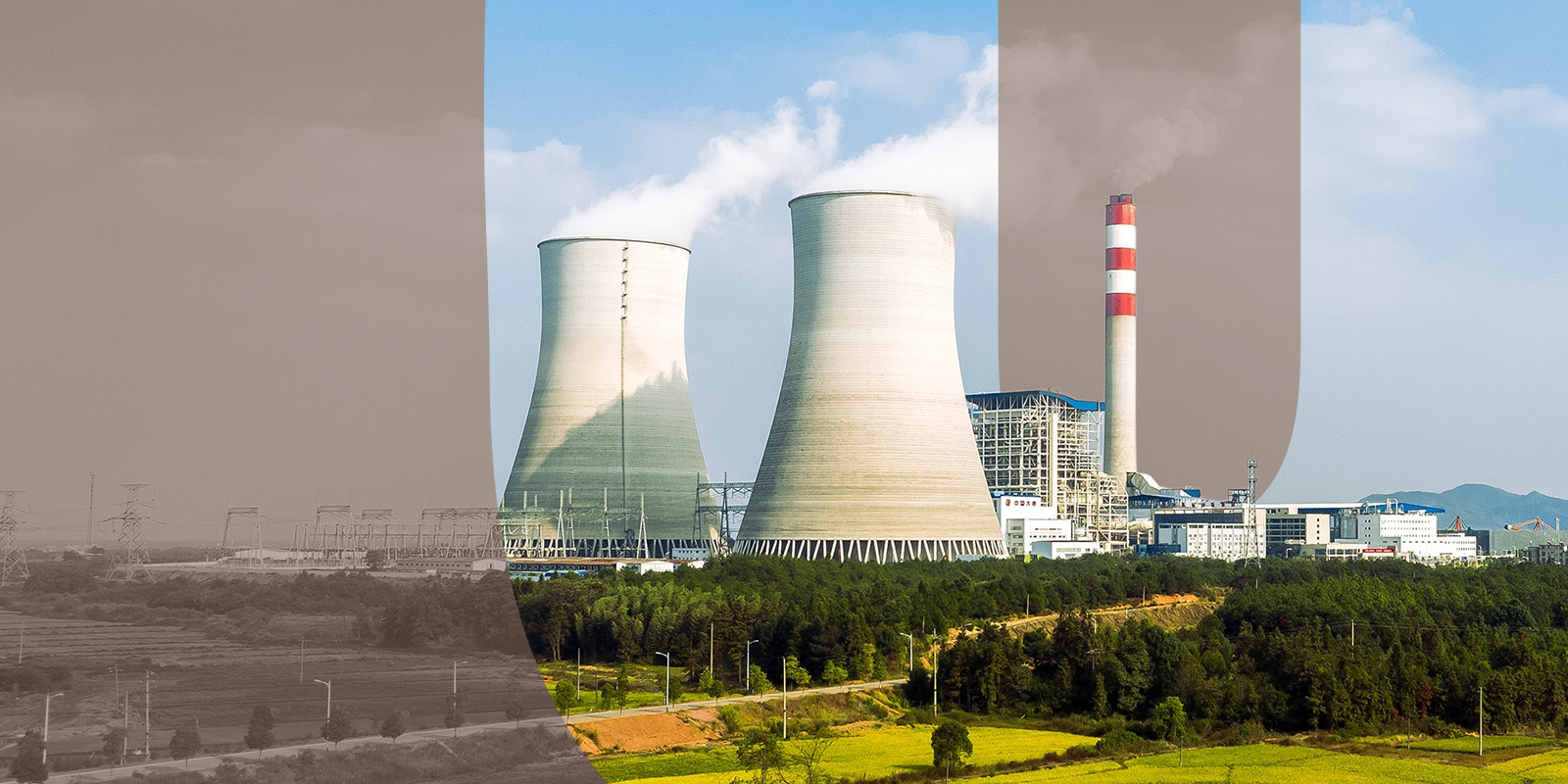
Nuclear Energy Advantages and Disadvantages
We are reader-supported. When you buy through links on our site, we may earn affiliate commission.
When you think of nuclear energy, you might picture nuclear bombs and disasters like Chernobyl and Fukushima. Yet, nuclear energy is one of the cleanest power sources in the world. The production process, which involves splitting uranium or thorium atoms, produces heat that nuclear power plants convert into electricity. It’s completely carbon-free and incredibly efficient. Currently, nuclear energy provides roughly 10% of the world’s electricity, but that percentage will likely increase in the coming years.
The United States owns 96 operating reactors — or 30% of the global total. This year, the Biden administration plans to strengthen America’s world-leading nuclear program by providing $1.85 billion in funding. The budget proposal also includes $1 billion to preserve existing power plants and $60 million to support a mobile micro-reactor program.
This growing support shows that mindsets and opinions about nuclear energy are changing. However, it’s important to consider both the advantages and disadvantages of this energy source to better understand its place in the world — and the future.
Advantages of Nuclear Energy
There are plenty of advantages to nuclear energy, especially when you compare it to coal, oil and other fossil fuels. Ultimately, nuclear power is cleaner, more efficient and more affordable. A closer look will reveal just how beneficial this energy source is.
More Efficient Than Fossil Fuels
Nuclear power relies on nuclear fission, a primordial process that’s largely self-sustaining. Once workers fuel a plant with uranium, it will produce energy for 18 to 24 months before requiring more fuel. Plus, the fuel rods themselves can last up to six years.
Meanwhile, power plants that rely on fossil fuels require a continuous supply of fuel, which inevitably hikes up the demand for gas, oil and coal. Plus, they need more fuel than nuclear plants to produce the same amount of energy. Thus, nuclear outranks fossil fuels in both efficiency and proficiency.
Doesn’t Release Greenhouse Gases
One of the biggest advantages of nuclear energy is that it doesn’t produce any greenhouse gases. Instead, nuclear power plants release clouds full of harmless water vapor, which is infinitely better for both humans and the environment.
Currently, fossil fuel combustion accounts for 74% of total GHG emissions and 92% of anthropogenic carbon emissions in the U.S. Nuclear offers a clean alternative to fossil fuels and the plethora of pollutants they produce.
Low Operating Costs
Nuclear power plants are especially affordable to run, especially when compared to ones that rely on fossil fuels. That mean’s nuclear energy is cheaper to produce and use, making it a cost-effective choice for anyone who’s willing to make the initial investment. Operating costs include disposal and decommissioning costs, too, so nuclear is relatively easy to include in government spending budgets.
Disadvantages of Nuclear Energy
Despite its many advantages, there are a few drawbacks to investing in and relying on nuclear energy. Do the negatives outweigh the positives? It depends on who you ask, and whether they’d rather support the planet or short-term economic growth.
Expensive to Build
Sure, operating costs might be low, but the initial cost to build nuclear power plants is sky-high. Why? Nuclear fission relies on radioactive uranium or thorium for fuel, so the building’s design must comply with specific safety standards. Recent changes to rules and regulations have made plants safer but hiked up building costs, and even standardized designs aren’t helping. Thus, both renewables and fossil fuels end up being cheaper in terms of the initial investment.
Limited Fuel Supply
Eleven years ago, experts surmised that the world’s uranium supply would last 80 more years at the then-current rate of consumption. Since then, uranium output has generally risen, which means nuclear energy is a short-term solution, at best. Unless innovators can create nuclear fusion or build breeder reactors before the uranium supply dries up, humans will have no choice but to forgo nuclear power and make a complete switch to renewable energy.
Produces Radioactive Waste
While their overall output of pollution is low, nuclear plants’ radioactive waste generation is still worth mentioning. Once the reactor rods run out of fuel, they remain physically hot for about 10 years and dangerously radioactive for another 10,000. Consequently, many countries bury the rods deep underground where they have a lower chance of contaminating the environment. Still, accidents happen, and there have been previous cases of radioactive waste leaking or evaporating from holding tanks.
Securing a Sustainable Future
The nuclear energy landscape changes every day, with many countries planning to build dozens of plants within the next few years. Thanks to its efficiency, eco-friendliness and affordability, nuclear power will play a massive role in the transition to renewable energy. Even so, because plants are expensive to build, produce toxic waste and will eventually run out of fuel, they fail to provide a long-term solution to global energy needs or the climate crisis.
As humans seek a more sustainable future, nuclear will certainly serve as a stepping stone. It’s simply a matter of time before the phase-out period begins and renewables take center stage.
Share on
Like what you read? Join other Environment.co readers!
Get the latest updates on our planet by subscribing to the Environment.co newsletter!
About the author

Jane Marsh
Starting from an early age, Jane Marsh loved all animals and became a budding environmentalist. Now, Jane works as the Editor-in-Chief of Environment.co where she covers topics related to climate policy, renewable energy, the food industry, and more.





